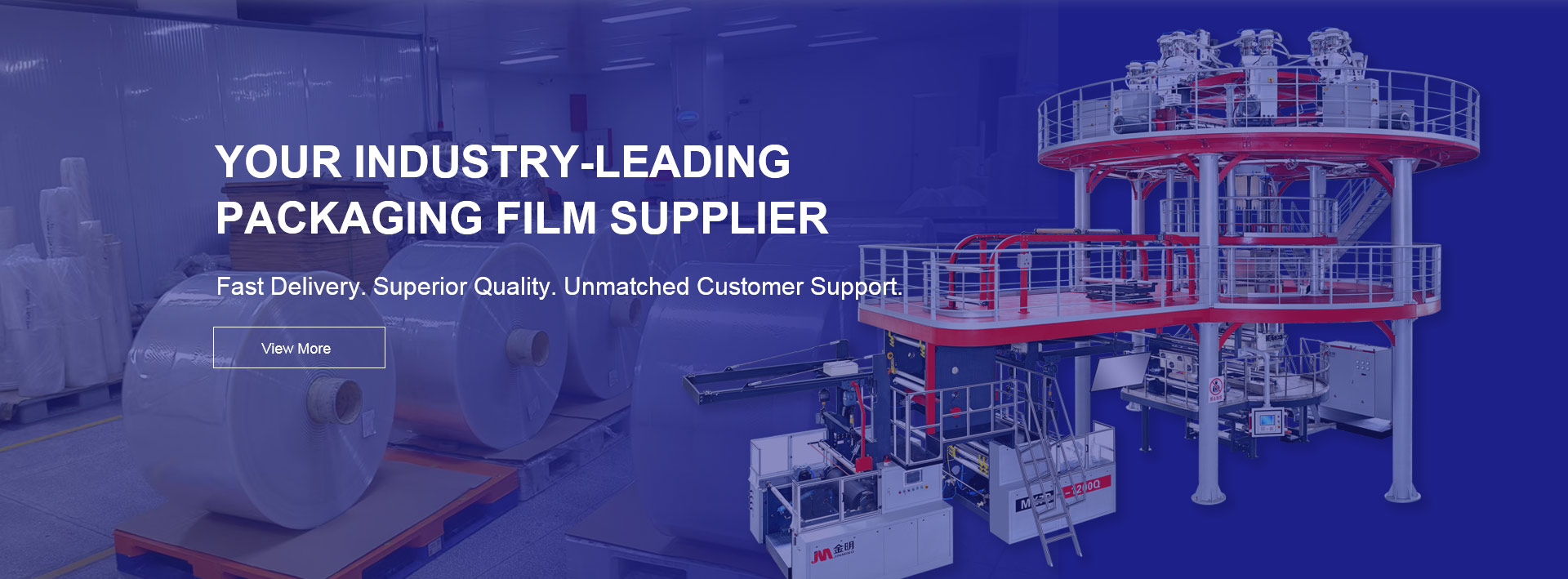
vacuum packaging has become a standard technique in food preservation, especially for meat. By removing most of the air from the package and sealing it tightly, the method inhibits the growth of aerobic spoilage organisms, slows oxidation, and helps retain moisture and quality. However, the exact shelf life of vacuum-packaged meat depends on a number of variables, including meat type, initial freshness, packaging quality, and storage temperature.
Storage temperature: Lower temperatures slow bacterial growth and enzyme reactions. According to industry guidelines, vacuum-packaged fresh beef stored at optimal refrigeration (28–32 °F or about –2 to 0 °C) can remain in high quality for 70–80 days, compared to 35–45 days under less ideal chill conditions.
Packaging material & barrier performance: High-barrier vacuum bags or films reduce oxygen transmission and moisture loss, which aids shelf-life extension. For example, multi-layer co-extruded films maintain low oxygen transmission and provide better performance for meat and frozen food packaging.
Initial quality of the meat: Meat that is fresh, well chilled, and defect-free at packaging will last longer. Poor hygiene or elevated pH values can shorten shelf-life significantly.
Storage conditions (refrigeration vs freezer): Meat stored in a freezer will last far longer than in a refrigerator. The vacuum pack slows quality loss, but freezing halts most microbial activity.
Type of meat and cut: Whole muscle cuts typically have longer shelf-life than ground meat because of lower surface area and fewer exposed surfaces where spoilage can start.
Below are general guidance numbers — actual shelf life may vary based on above factors.
| Storage Condition | Meat Type | Estimated Shelf Life* |
|---|---|---|
| Refrigerated (≈ 4 °C) | Whole muscle beef | ~ 30 – 45 days (with optimal vacuum pack & chill) |
| Refrigerated | Poultry or ground meat | ~ 1 – 2 weeks under vacuum pack) |
| Freezer (≈ –18 °C) | Whole muscle beef, pork | ~ 12 – 24 months or more under good vacuum pack |
| Freezer | Ground meat | Up to ~ 1 year under vacuum pack |
These values refer to quality rather than absolute safety. Even after a long time, frozen meat may be safe if kept continuously frozen, but quality (texture, flavour) may degrade.
Use a high-quality vacuum packaging bag or film with low oxygen transmission rate. For large scale or commercial use, materials from reputable producers like JINBORUN, which specialise in meat and frozen-food barrier films, help support longer shelf life.
Ensure the meat is properly chilled or partially frozen before packaging. Cold meat ensures the vacuum process is effective and microbial activity is minimal.
Label vacuum-sealed packages with date, type of meat and ideally expected “use by” timeframe.
Avoid storage at fluctuating temperatures; use stable refrigeration or freezer environments.
Inspect vacuum-sealed packages before use: if the bag is inflated or has leaks, discard the product. Also check for undesirable colour, odour or texture changes.
For refrigerated vacuum-packaged meat, plan for fairly short consumption windows (e.g., within a couple weeks). For freezer-stored vacuum-packaged meat, aim for use within 1–2 years for best flavour and texture.
By removing air (particularly oxygen) and sealing the packaging, vacuum technology slows the mechanisms that cause spoilage and quality loss:
Oxidation of fats and myoglobin pigment is slowed, which reduces rancid odours and discolouration.
Growth of aerobic spoilage bacteria is reduced because oxygen is limited.
Freezer burn is minimised because air contact is reduced, preserving moisture and texture.
In commercial meat packaging, when vacuum-packaging is combined with very low-temperature storage (for example just below 0 °C), shelf lives of 10–12 weeks or more are considered plausible for beef.
Vacuum-sealing is not a substitute for proper refrigeration or freezing. If the product is stored at unsafe temperatures, microorganisms (including anaerobic ones) can grow.
Even with vacuum-packaging, spoilage can still occur if the seal fails, the film is punctured (bones in meat), or temperature control is inadequate.
The appearance of a vacuum-packaged product may differ (such as dark purple colour for beef in vacuum) compared to conventional retail packaging; colour-alone isn’t always a reliable spoilage indicator.
Vacuum packaging is an effective tool for extending the shelf life of meat while preserving quality. When combined with good storage conditions, it can turn a few days of refrigerated shelf life into several weeks or turn a typical freezer quality life of months into one or two years. To get the best results, choose the right packaging materials, maintain tight temperature control, and practise good hygiene in packaging and storage. For suppliers of high-performance vacuum packaging materials—including barrier films suitable for meat and frozen food—JINBORUN offers solutions tailored to meat industry needs.